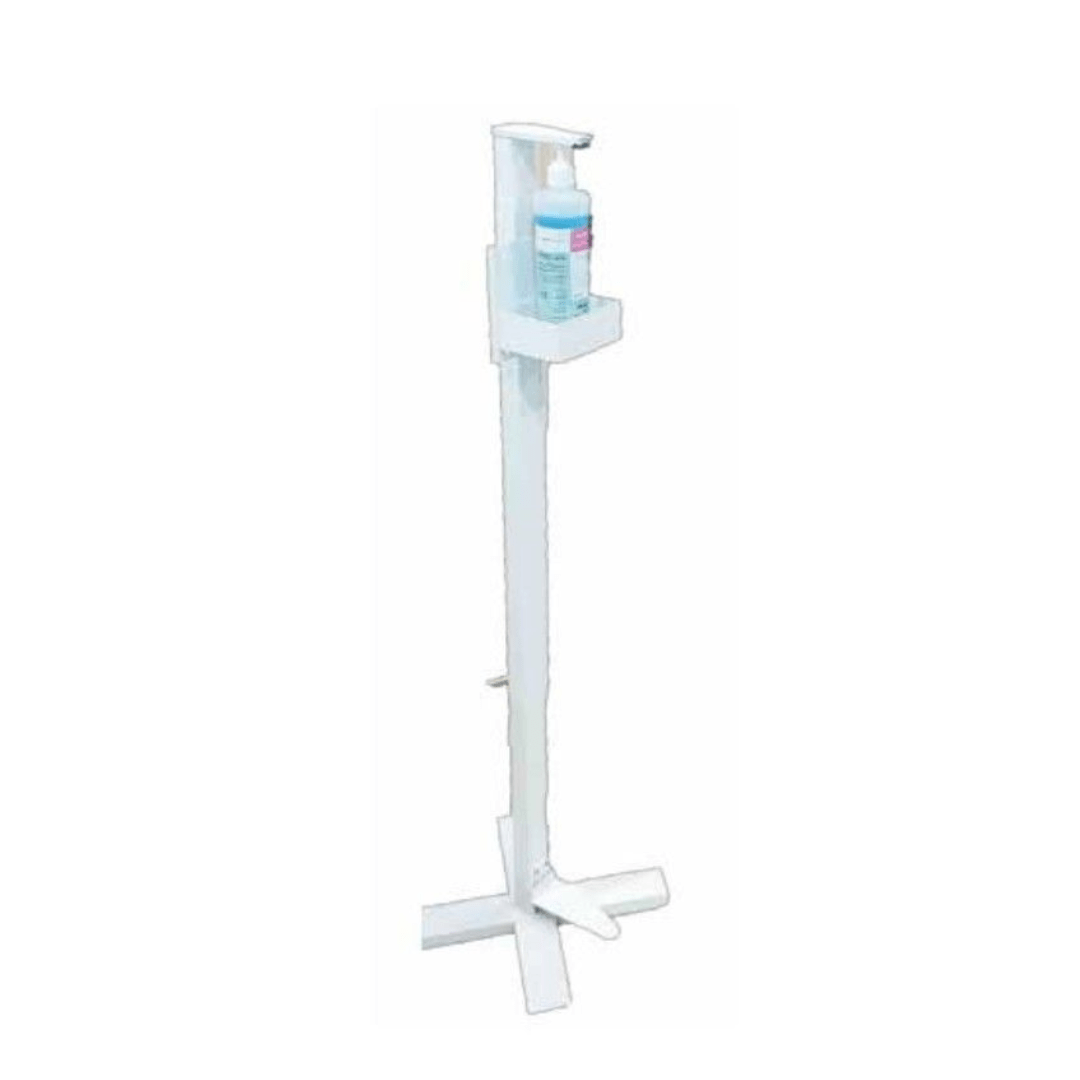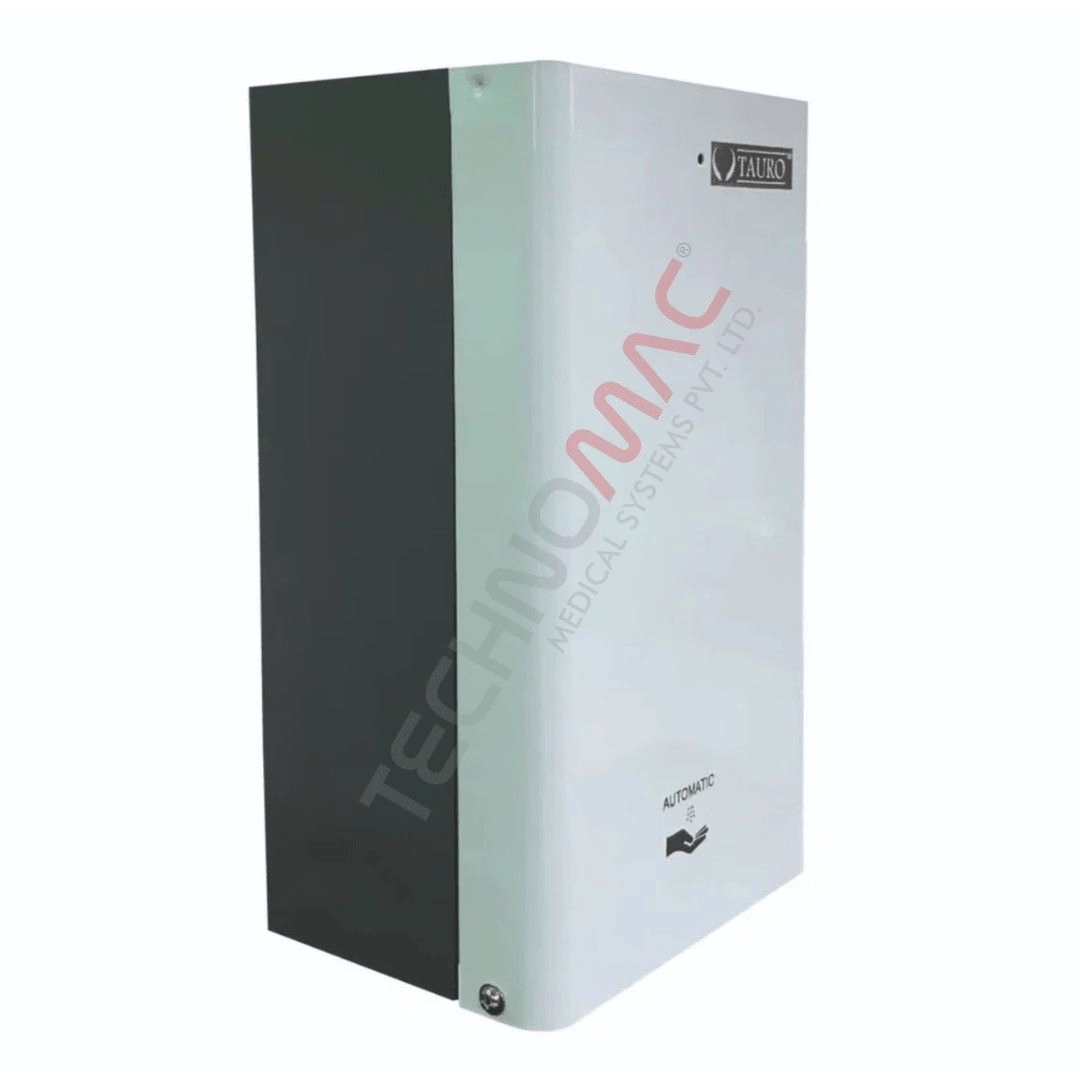In a world where hygiene and health are at the forefront of everyone’s minds, the role of Sanitizer Dispensers has become increasingly crucial. These devices offer a convenient and effective way to maintain hand hygiene, especially in high-traffic areas and public spaces. In this guide, we’ll explore the benefits of using a sanitizer dispenser, the different types available, key factors to consider when choosing one, specific features to look for, the installation process, maintenance guidelines, and tips for making the right choice.
Types of Sanitizer Dispensers
When it comes to maintaining hand hygiene, having a reliable and efficient sanitizer dispenser is key. There are two primary types of dispensers available – automatic and manual.
- Hand-Operated Sanitizer Dispenser: These dispensers require manual operation, typically featuring a pump or lever that users press to release the sanitizer. Known for their simplicity and cost-effectiveness, they find applications in various environments where a hands-on approach to dispensing is preferred.
- Non-Contact Sanitizer Dispenser: Equipped with advanced sensor technology, these dispensers provide a touchless experience by automatically dispensing sanitizer when they detect the presence of hands. Ideal for promoting hygiene by minimizing physical contact, they are particularly suitable for high-traffic areas where efficiency and cleanliness are paramount.
- Foot-Operated Sanitizer Dispenser: Activated by a foot pedal, these dispensers offer a hands-free solution, allowing users to dispense sanitizer without using their hands. Their hands-free operation makes them ideal for settings where maintaining a sterile environment is crucial, such as healthcare facilities, contributing to an additional layer of convenience and hygiene.
- Table Top Sanitizer Dispenser: Compact and designed for placement on tables or countertops, these dispensers are convenient for personal use or in spaces with limited floor space. Their space-efficient design makes them suitable for small businesses, offices, or personal use where mobility and convenience are paramount, offering a localized and easily accessible solution.
- Wall-Mounted Sanitizer Dispenser: Installed on walls for easy access and to save floor space, these dispensers are commonly found in public spaces, offices, and healthcare facilities. Maximizing floor space, they ensure that sanitizer is readily available in high-traffic areas, providing a streamlined and easily accessible solution for maintaining hygiene standards.
- Stand-Alone Sanitizer Dispenser: Independent and freestanding units that can be strategically placed in various locations, offering flexibility in deployment. Their versatile placement makes them suitable for temporary setups or areas without available wall space, ensuring sanitizer accessibility where needed without the constraint of wall-mounted installation.
Benefits of Using a Sanitizer Dispenser
- Convenience: Sanitizer dispensers offer a convenient and quick way to disinfect hands without the need for direct contact, reducing the risk of cross-contamination.
- Efficiency: Automated dispensers provide a consistent amount of sanitizer, ensuring proper coverage and maximizing the effectiveness of the sanitizing solution.
- Touchless Technology: Touchless dispensers, equipped with infrared sensors, contribute to a hands-free experience, promoting a more hygienic environment.
- Cost-Effective: Many dispensers are designed with refillable cartridges, reducing waste and offering a cost-effective, sustainable solution for continuous use.
Factors to Consider When Choosing a Sanitizer Dispenser
- Placement: Consider the intended location – whether it’s a commercial space, healthcare facility, or public area – to determine the most suitable type of dispenser.
- Capacity: Evaluate the dispenser’s capacity to ensure it meets the demand of the space it’s intended for.
- Power Source: Choose between battery-operated or electric dispensers based on accessibility to power outlets and the desired level of automation.
- Refill Options: Opt for dispensers with easily accessible and compatible refill options for a seamless replenishment process.
Specific Features to Look for in a Sanitizer Dispenser
- Adjustable Dispensing Settings: Allows customization of the sanitizer amount for different user preferences.
- Refill Level Indicator: Provides a visual cue when sanitizer levels are low, ensuring timely refills.
- Durable Construction: Choose dispensers made from robust materials to withstand frequent use and potential environmental factors.
- Compatibility with Different Sanitizers: Ensure the dispenser is compatible with a variety of sanitizing solutions for flexibility. Location and Placement just fine.
Tips for Choosing a Sanitizer Dispenser
Choosing a home sanitizer dispenser involves considering its size, design, and compatibility with different sanitizer types. The dispenser should be large enough to hold a substantial amount of sanitizer, but not too bulky or space-consuming. A versatile dispenser that works with gel, foam, or liquid sanitizers can save both time and money. User reviews can often guide your choice.
For businesses, the size of the business and the foot traffic determine the type of dispenser needed. If your business sees high foot traffic, opt for a large-capacity dispenser. You should consider having multiple dispensers for different areas: automatic dispensers for lobbies or reception areas, countertop dispensers for restrooms and kitchens, and wall-mounted dispensers for offices and meeting rooms. Thus, considering both the volume of sanitizer and areas of use contributes to a well-informed decision on the perfect sanitizer dispenser.
Installation of Sanitizer Dispenser
Installing a sanitizer dispenser is a straightforward process that varies based on the type you’ve chosen. For wall-mounted dispensers, determine the desired height, drill holes accordingly, and secure the bracket. Then attach the dispenser ensuring stability. Countertop dispensers require a level surface; simply unbox them, fill them with sanitizer, and place them in a convenient spot. Stand-alone units are versatile—position them where needed without installation. Regularly check dispenser stability, especially in high-traffic areas. Always follow manufacturer guidelines for a secure and effective installation, ensuring optimal hand hygiene in your chosen space.
Maintenance and Cleaning Guidelines
Keeping your sanitizer dispenser in top-notch condition is paramount for ensuring its high functionality and effectiveness. These guidelines cover two main areas: regular cleaning and disinfecting and refilling the sanitizer solution.
Regular Cleaning and Disinfecting
First, it’s important to establish a routine for cleaning and disinfecting your dispenser. A weekly schedule should work perfectly for homes, while businesses might need a daily routine due to the higher traffic.
- Start by unplugging the dispenser for safety.
- Use a gentle disinfectant to wipe down the unit.
- Make sure you clean the spout too as it is a potential breeding ground for germs.
Refilling the Sanitizer Solution
Next, regularly refilling your sanitizer solution ensures the dispenser is always ready for use. Here are a few steps to do it right:
- Purchase the right sanitizer refill compatible with your dispenser.
- Make sure the machine is off before you begin the refill process.
- Open the lid or unscrew the top, pour in the sanitizer, and securely close the dispenser.
These easy tips will help you get the best from your sanitizer dispenser. Start by deciding where to place it, as this affects the kind of dispenser you should buy. For busy places like entrances or near elevators, a touch-free wall-mounted or freestanding automatic dispenser may be best. For smaller spaces like bathrooms or office desks, a countertop dispenser should work well.
Top Manufacturers of Sanitizer Dispensers
EH201 – Sanitizer Foot Operated Stand
Introducing the EH201 – A Foot Operated Sanitizer Stand, ingeniously designed by the well-respected VNG Medical Innovation System Pvt. Ltd., a frontrunner in healthcare industry. This cutting-edge equipment aims to significantly improve hygiene standards and limit the proliferation of viruses. Particularly remarkable for its hands-free functionality, it showcases a high-grade MS (mild steel) frame, beautifully coated with a bold black epoxy plastic, allowing it to blend seamlessly into different environments like hospitals, clinics, and other bustling health care facilities.
Despite the EH201’s sleek and compact form measuring 229X305X914 mm, its impact is undeniably substantial. It offers two elegant color options —white and ivory— to match your aesthetic preferences. This stand’s exceptional selling point lies in its ability to dispense hydroalcoholic gel without direct contact, owing to its foot-operated pedal dispenser. This ingenious feature is designed to reduce cross-contamination and limit the spread of harmful microbes.
TAURO DISPENSER – 2200
Introducing the TAURO DISPENSER – 2200 by Technomac Medical Systems Pvt. Ltd., one of the leading manufacturers from known for their superior quality Sanitizer Dispensers. This wall-mounted dispenser is not merely a product, but a touchless leveraging of advanced tech to assure hygiene in commercial environments. As a versatile addition to your hygiene toolkit, it is ideal for application in diverse sectors—be it offices, schools, hospitals, retail stores, or public spaces.
Trigger the release of the sanitizer simply by placing your hand under the dispenser—a sensor registers your presence and dispenses the sanitizer, all the while reducing the risk of cross-contamination. What’s more, the TAURO DISPENSER – 2200, with its modern design and compact size, blends seamlessly with your environment, yet sturdy enough for heavy usage. It is compatible with both gel and liquid sanitizers and features a large capacity reservoir to ensure continuity of supply, minimizing the need for constant refills. With a lockable cover, it offers added safety by preventing unauthorized access and possible tampering.
Conclusion
It’s crucial to wrap our heads around the significance of choosing the right sanitizer dispenser. It can make a major impact on our daily hand hygiene regimen, whether in our homes or commercial spaces. Encourage readers to consider their specific needs and preferences when choosing a sanitizer dispenser.
It’s essential to consider your unique needs and preferences. Think about the setup of your space, frequency of usage, budget, and the type of sanitizer you intend to use. Keep in mind that automating this process can greatly improve hand hygiene compliance, but a countertop dispenser might be more appropriate for particular




